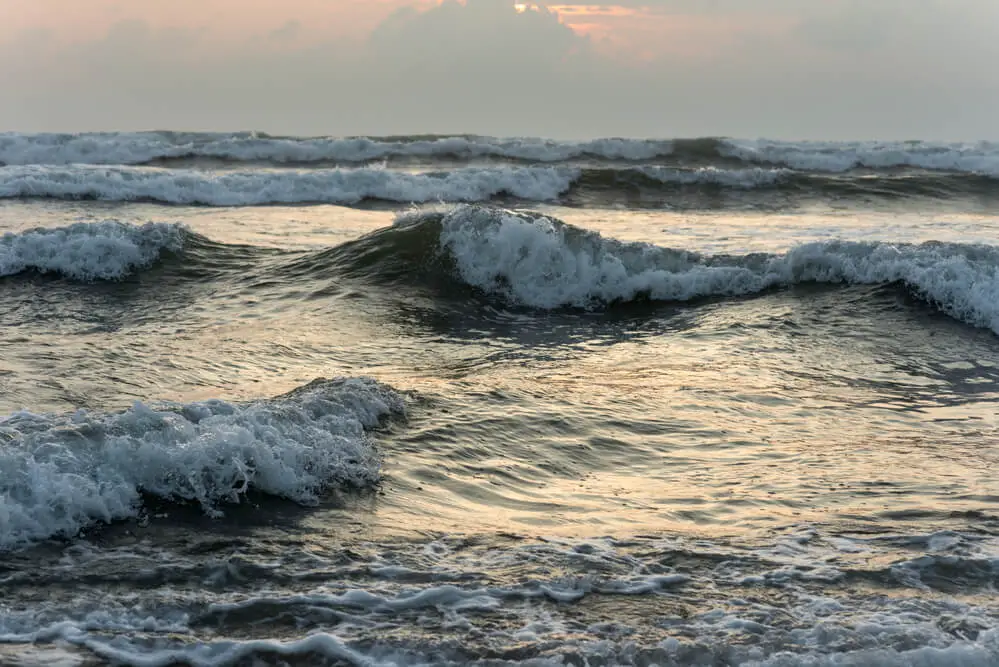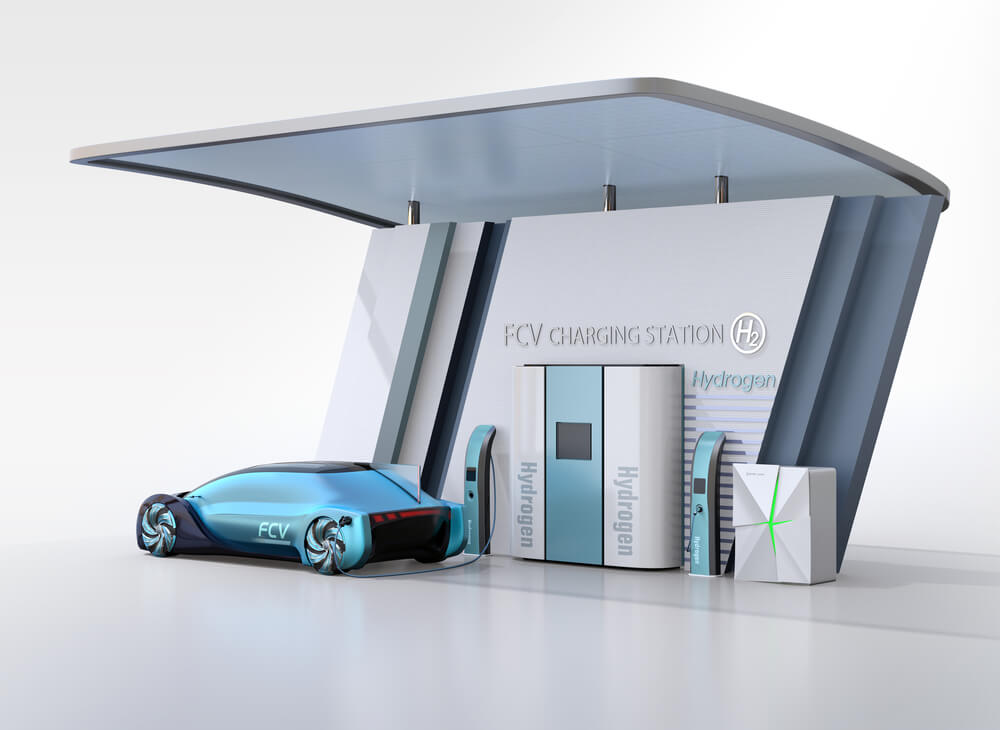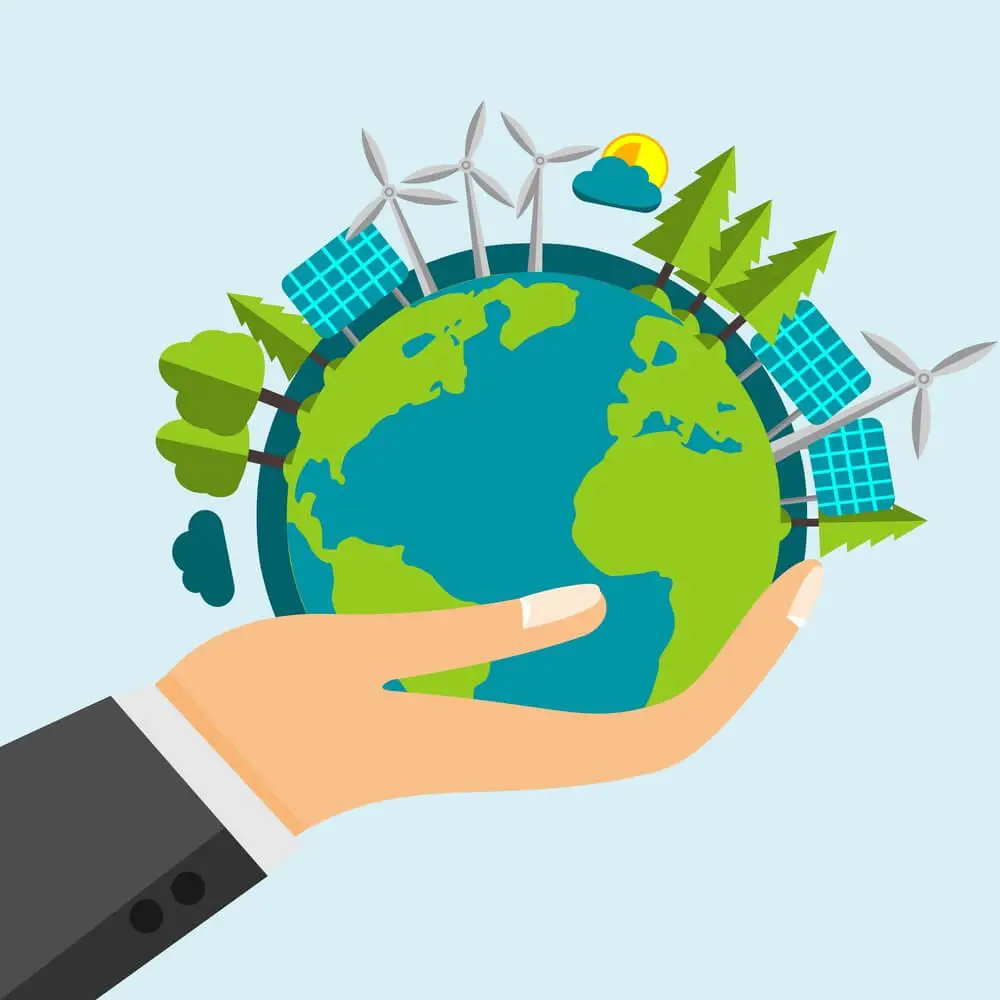In short, seawater is in fact considered to be a renewable source of water. Nature naturally replenishes the water in the oceans through the water cycle.
With the abundance of seawater, it’s considered a good renewable source for energy and potentially, freshwater.
Is Sea Water Renewable or Nonrenewable?
To explain in more detail, water is considered to be renewable due to the water cycle which is a naturally occurring phenomenon.
Water evaporates from the surface of the earth and condenses once it reaches the atmosphere.
Condensation then forms clouds, which return the water to the oceans, rivers, and lakes in the form of rain, snow, and other types of precipitation.
Because the water is technically returned to its initial source, experts consider it to be renewable.
A renewable resource is defined on Investopedia as “one that can be used repeatedly and does not run out because it is naturally replaced.” Seawater is therefore considered to be renewable.
Therefore, although seawater is technically a renewable resource, there is still a long way to go before we can actually use it to meet the ever-increasing demand for freshwater.
There is also a lot of research on the use of seawater as a resource for energy.
Can We Use Sea Water?
Currently, water makes up 71% of the earth’s surface.
Of this water, 97% of it is ocean water, leaving only 3% usable by us for drinking, agricultural practices, industrial processes, and everyday household activities.
To keep up with the increasing demand for freshwater, researchers are conducting extensive research on how to desalinate seawater efficiently.
In 2015 desalination plants across the globe produced 86.8 million kilolitres of desalinated water a day.
This was great as it meant that these plants could provide usable water to over 300 million people.
However, the process remains underdeveloped in terms of the amount of energy and resources it uses.
Many argue that the desalination process is highly energy-intensive and relies quite heavily on fossil fuels.
As humans, we need to decrease the number of fossil fuels we use, as they contribute significantly to climate change.
Unfortunately, saltwater is virtually useless to us as a substitute for fresh water.
The government reported that over 30% of irrigated areas, using desalinated water, still experience issues with the concentrations of salt.
For agriculture, in particular, replacing crops and land is very costly, so it becomes a big problem.
There, therefore, has to be a more thorough process before it reaches our homes and industry for us to have any use for the water.
Can You Use Water From the Ocean For Energy?
Yes, you can and there is a huge drive in research and science to make it a reality.
Seawater is a resource considered almost infinitely abundant, meaning it is unlikely it will ever run out.
Using the waves, renewable electricity can be generated.
Using the ocean as a source of energy would also be highly beneficial.
There is much debate surrounding what the next source of renewable energy is going to be.
According to scientists, the oceans are the only source of water that will never run out.
Experts consider the abundance of seawater to be virtually inexhaustible.
There is a massive drive to generate the electricity we use on a day-to-day basis from renewable resources.
Research suggests that generating power from the ocean will be a feasible option.
Researchers are working on technology, known as wave energy converters (WECs).
They harness the kinetic energy from the motion of the ocean’s waves.
Wind causes the wave’s movement which in turn creates energy.
WEC devices then convert the energy to electricity and inject it into the grid.
Once researchers have developed this technology to its full scale, they predict they will install the technologies far out to sea because the wave’s energy is more there.
There are, however, a number of logistical issues that need to be sorted out first before this can happen.
Methods of wave energy conversion include and power generation include
- penguin devices
- hydraulic floaters
- tidal power
- oscilla power
- marine geothermal exploration
- energy generation from currents
They all harness energy from the natural motion of the ocean.
The concept of WECs and the ocean as a renewable energy source is becoming more and more real.
The prototypes currently in testing have the main focus on providing power to shipping ports in order to make them more sustainable and energy-efficient.
So Is Seawater a Renewable Resource or a Nonrenewable Resource?
Seawater is definitely a renewable resource that we need to learn how to use properly.
Through proper desalination, we can use it for freshwater.
Providing fresh water would help many people who do not have access to it.
It is considered to be a renewable resource due to the fact that water and seawater replenish themselves through the water cycle.
If we get the desalination process right, it would also help us keep up with the increasing demand for freshwater for other industrial processes, agricultural processes, and human sustenance.
Electrical power from the ocean is also a tangible concept.
Harnessing the ocean’s energy through WECs is one of the ways that seawater also proves itself to be a renewable resource.





